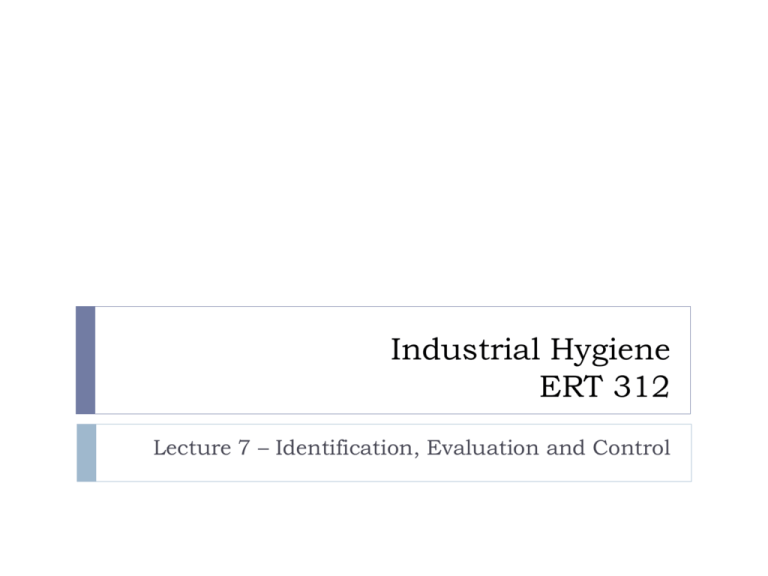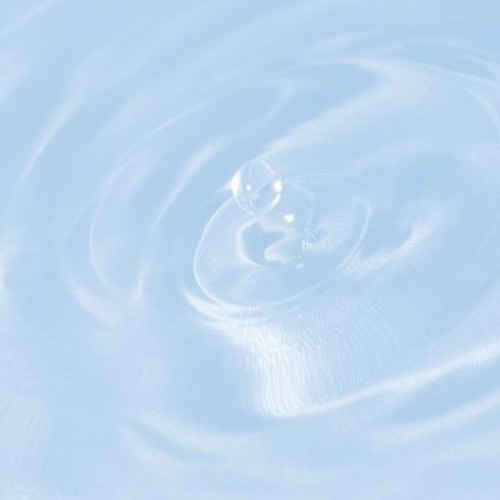

Regenerative thermal oxidation (RTO): Like all other oxidative techniques, oxidizes VOCs in a combustion chamber with a burner.Destructive treatments are those in which the VOCs are transformed into other substances through an adequate procedure, while non-destructive treatment consists of the physical or chemical separation of VOCs from the air to be treated. Treatment technologies can be divided in two groups: the destructive and non-destructive. Which VOC abatement technology is the most efficient for my needs?Ĭontact us and our team of experts in volatile organic compounds will get back to you with a fully customized proposal. Therefore, in industrial activities that are susceptible to generating VOC, emissions must be controlled and, when necessary, treated efficiently.

On their behalf, the company must assess available resources, the temporal distribution of contaminating emissions as well as the possibility of recovering solvents and thermal energy.įor these reasons, current European legislation sets out ever more restrictive limits on the emission of these compounds. In order to select the best technology for purification of volatile organic compounds (VOCs) one must consider the volume, concentration of VOCs, air temperature and humidity, the solvents present, permitted emissions limits and the possible presence of dust and other contaminants. This effect is known as photochemical smog and it is displayed as a brown-grey coloured fog in large cities that are usually sunny and have VOC and nitrogen oxide emissions. In addition, all VOCs, in combination with nitrogen oxides and sunlight, are ozone precursors at ground level (tropospheric ozone), which is very bad for health as it causes severe respiratory damage. There are some VOCs that destroy the stratospheric ozone layer, such as carbon tetrachloride. Acetone and ethanol belong to this group, among others.

VOCs usually have less then twelve carbon atoms in their chain and contain other elements such as oxygen, fluoride, chlorine, bromine, sulphur or nitrogen. Formally VOCS are all those organic compounds that have a vapour pressure equal to or higher than 0.01 kPa or an equivalent volatility in the particular conditions of use at 20✬. Volatile organic compounds (VOCs) are all those organic compounds that exist in a gas or very volatile liquid state at ordinary room temperature. Danger for human health and environment.Activities associated with VOC emissions.Scalsim® LITE: Hardness, alkalinity and corrosion calculator.Manure management, slurry treatment and digestate valorisation in farms.Purification of dust or aerosols emissions.Mechanical vapor recompression vacuum evaporators.Water desalination and wastewater valorization powered by solar energy.Electrodialysis (ED) and reverse electrodialysis (RED).Micro-filtration, ultra-filtration and nano-filtration.Crystallizers for wastewater treatment and zld.


 0 kommentar(er)
0 kommentar(er)
